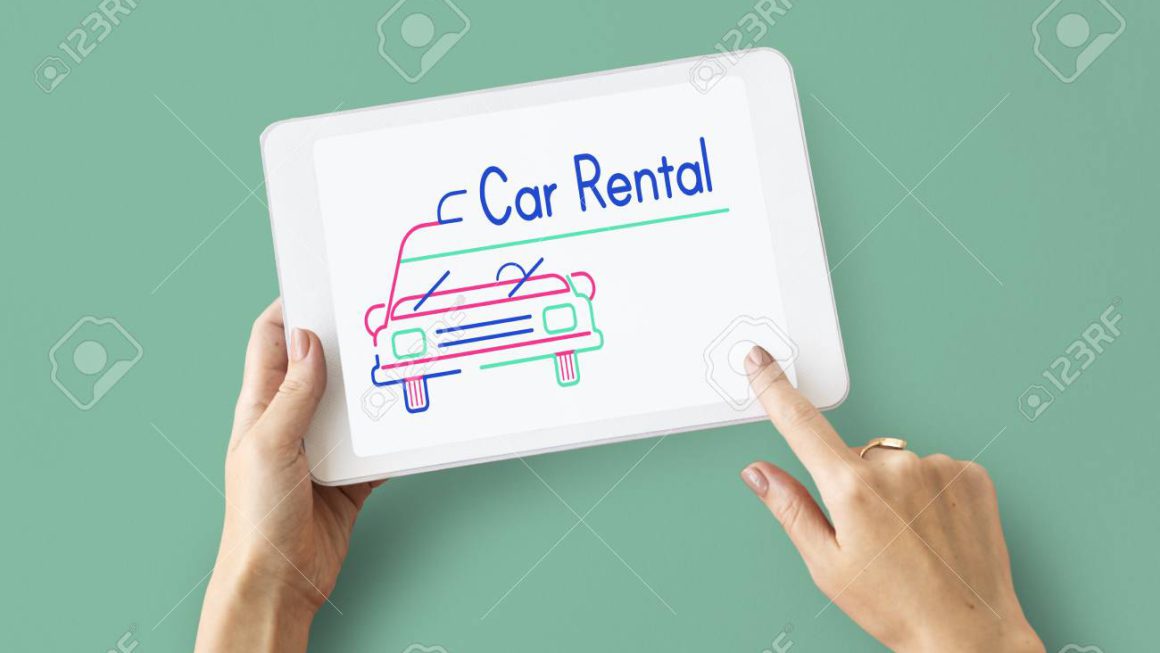In the world of automobiles, leasing has emerged as an increasingly popular alternative to purchasing a car. Whether you’re drawn by the allure of driving a new model every few years or the potential financial benefits, car leasing offers a unique set of advantages and challenges. If you’re considering leasing a car, it’s essential to understand the ins and outs to make an informed decision. This article delves into everything you need to know about car leasing.
What is Car Leasing?
Car leasing is essentially a long-term rental agreement. Instead of buying a vehicle outright, you pay a monthly fee to drive a car for a predetermined period, typically between two to four years. At the end of the lease term, you return the car to the dealership, with the option to lease another vehicle, buy the car, or walk away.
The Advantages of Car Leasing
1. Lower Monthly Payments: Leasing often entails lower monthly payments compared to financing a car purchase. This is because you’re only paying for the car’s depreciation during the lease term, not the entire value.
2. Driving Newer Models: Leasing allows you to drive the latest models with the most up-to-date technology and safety features. For those who enjoy having the newest gadgets and styles, leasing can be very appealing.
3. Reduced Repair Costs: Leased vehicles are usually under warranty for the duration of the lease, meaning many repair costs are covered. This can lead to significant savings in maintenance expenses.
4. No Resale Hassles: At the end of the lease, you simply return the car without the hassle of selling it or negotiating a trade-in value.
5. Tax Benefits: For business owners or those who use their vehicle for work, leasing can offer tax advantages. Portions of the lease payments may be deductible, depending on local tax laws.
The Disadvantages of Car Leasing
1. Mileage Limits: Leases come with mileage limits, typically ranging from 10,000 to 15,000 miles per year. Exceeding these limits can result in costly penalties.
2. No Ownership Equity: When you lease, you do not build equity in the car. At the end of the lease, you have no ownership stake and must either lease another vehicle or purchase one.
3. Potential for Additional Fees: Lease agreements can include fees for excessive wear and tear, early termination, and other charges that can add up if you’re not careful.
4. Limited Customization: Since you don’t own the car, your ability to customize or modify it is restricted. Any changes may need to be reversed before returning the vehicle.
5. Long-Term Costs: Over the long term, leasing can be more expensive than buying, especially if you lease continuously without purchasing a vehicle.
Key Considerations Before Leasing

– Assess Your Driving Habits: Consider your average annual mileage and driving habits. If you travel extensively, the mileage limits on a lease may not be suitable for you.
– Understand the Terms: Carefully read the lease agreement, paying close attention to mileage limits, wear and tear guidelines, and potential fees.
– Financial Health: Evaluate your financial situation to determine if the lower monthly payments of a lease align with your long-term financial goals.
– Vehicle Needs: Consider whether you prefer the flexibility of owning a vehicle or the benefits of leasing












